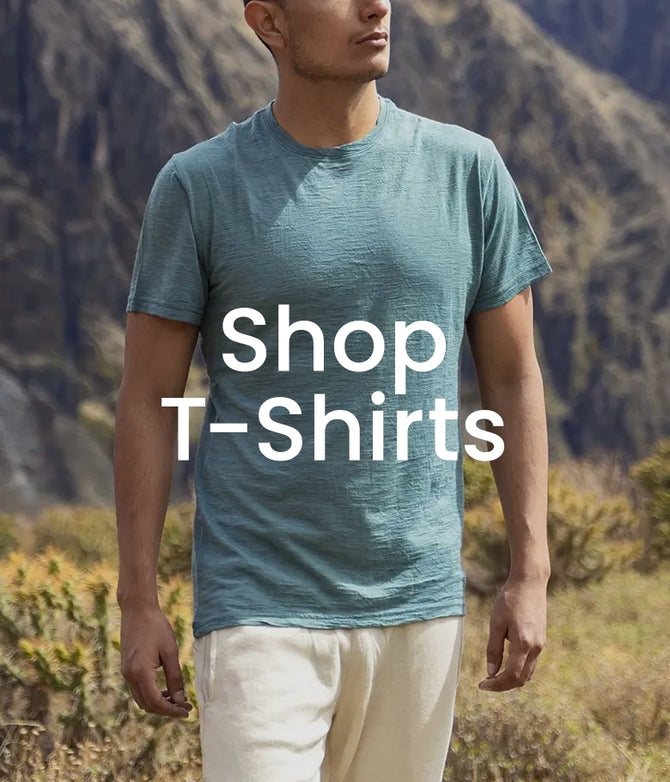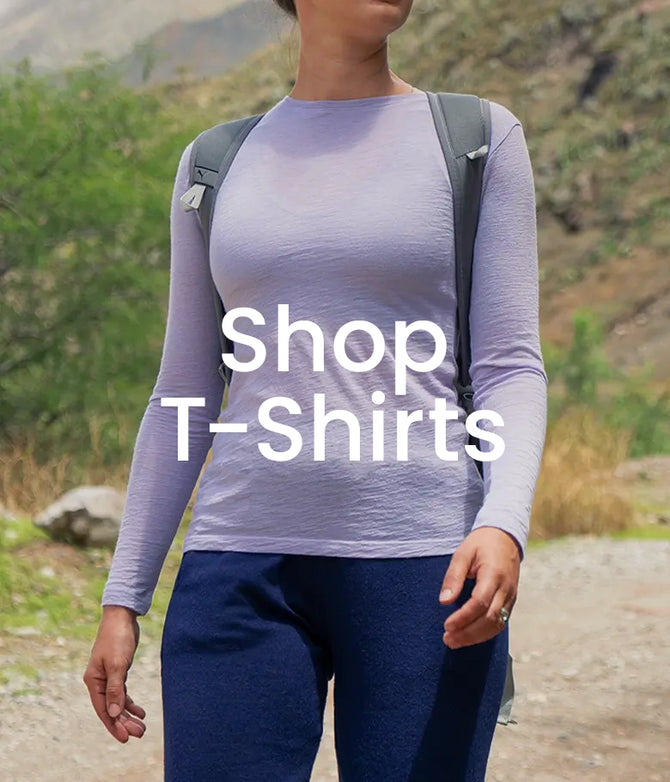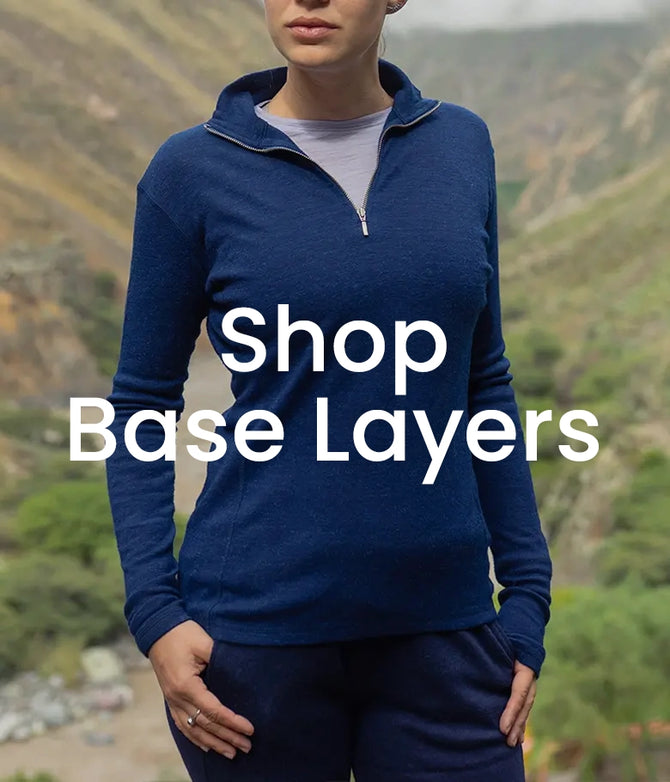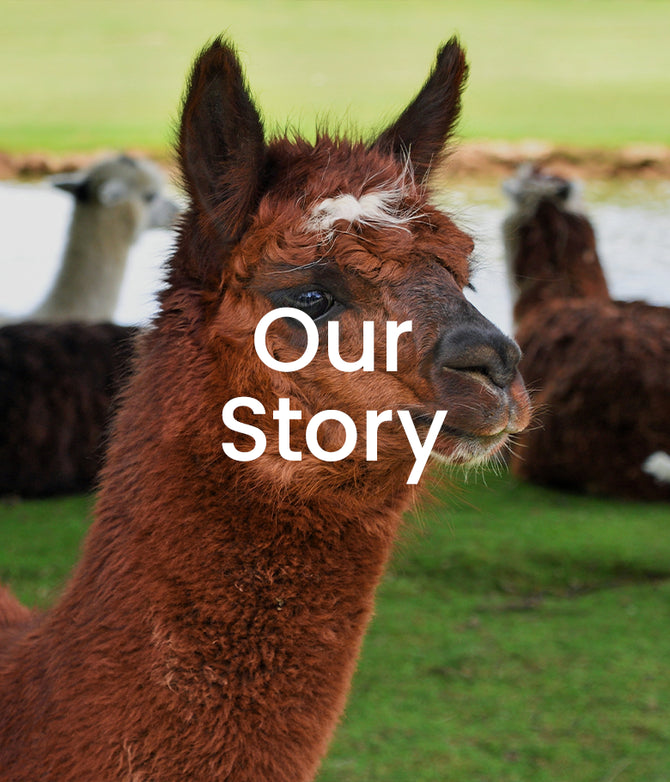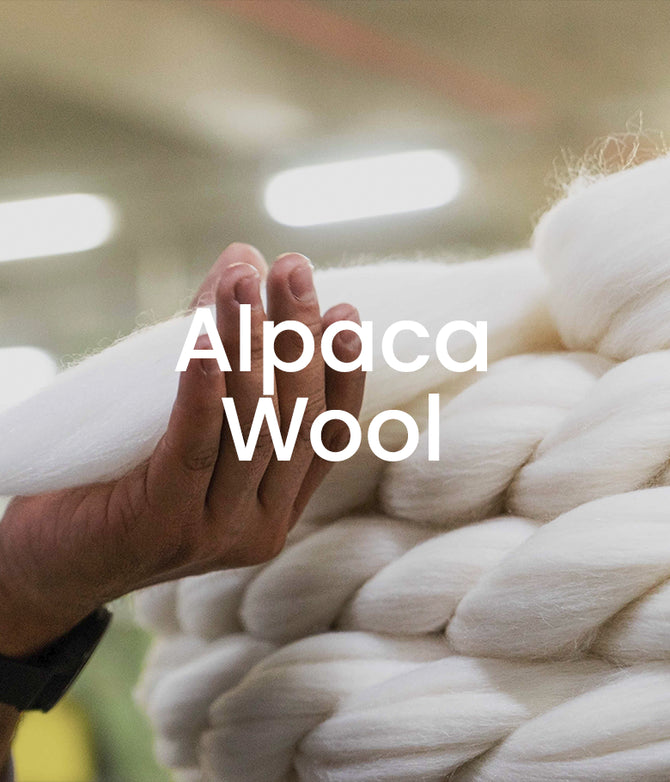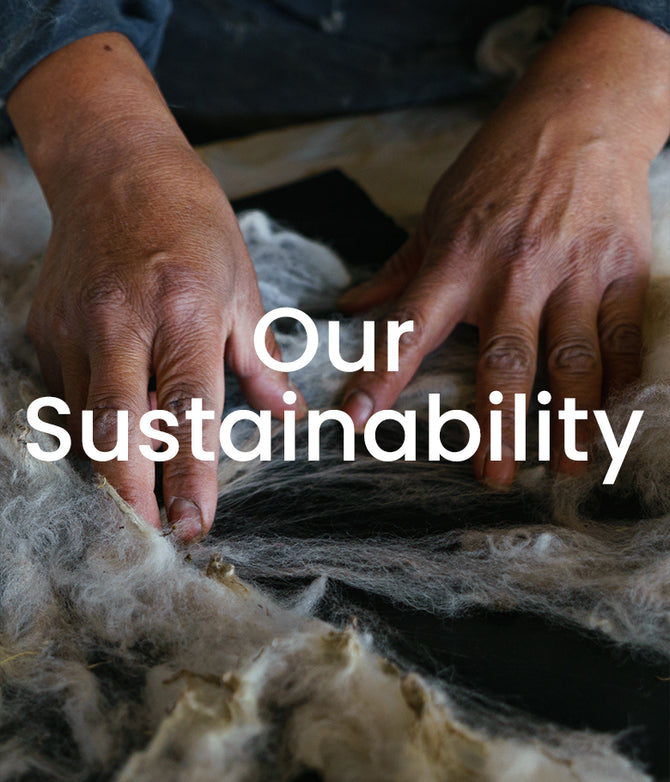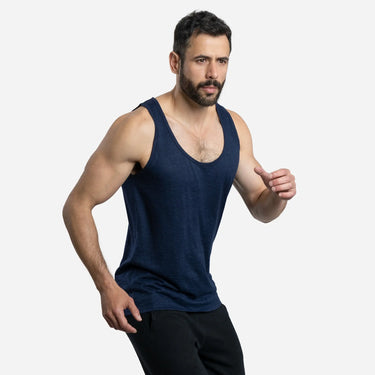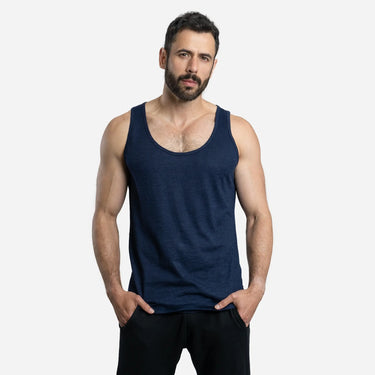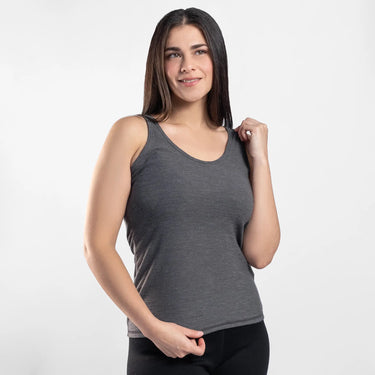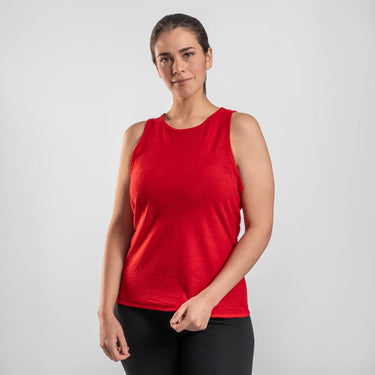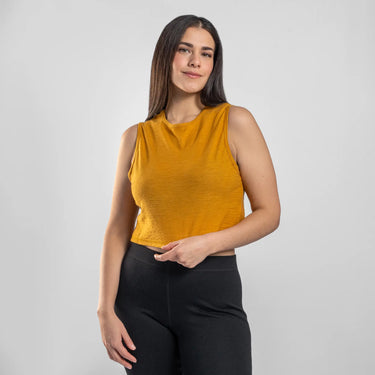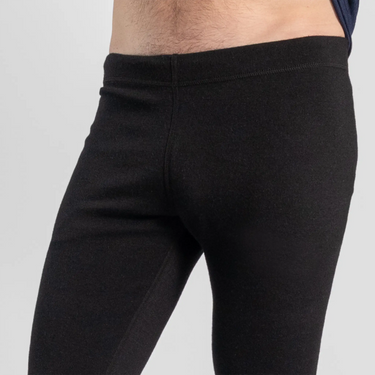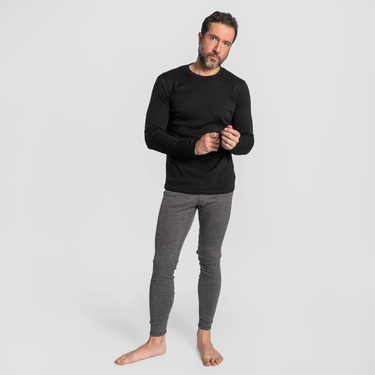Wool Rethinking Outdoor Gear: Is Zero Waste Possible in a High-Performance Industry?
Published March 28, 2025
1. Say Goodbye to Single-Use Plastics
Single-use plastics are a huge environmental problem, but small tweaks in your daily habits can make a big difference:
- Bring reusable bags: Make or buy groceries and produce bags to use instead of plastic ones. Keep them by the door or in your car so you never forget them.
- Ditch bottled water: Invest in a reusable water bottle [1]. If tap water isn’t safe, boil or filter it instead.
- Carry a reusable coffee cup: Even “eco-friendly” disposable cups create waste if not disposed of properly.
- Pack a zero-waste kit: Include bamboo or metal cutlery, a reusable straw, and a container for takeout. It might take practice, but soon it’ll feel natural.
2. Use Less Water and Energy
Every drop counts, and every watt matters. Here are a few small changes to reduce your footprint:
- Shorten your showers: A quick shower saves both water and energy. Bonus: it’s better for your skin too! [2]
- Turn off the lights: Unplug appliances and switch off lights when you’re not using them [3].
- Hang clothes to dry: Whenever possible, skip the dryer and hang your clothes. It’s gentler on fabrics and the planet.
- Flush smarter: If your toilet has an eco-flush option, use it. No eco-flush? Place a filled bottle in the tank to reduce water per flush.
At Arms of Andes we make our gear from 100% Royal Alpaca Wool of 18-18.5 microns.
3. Make Eco-Conscious Food Choices
Food is one of the easiest ways to live more sustainably:
- Buy local and seasonal: This reduces transportation emissions and supports local farmers [4].
- Cook from scratch: Homemade meals usually come with less packaging and waste.
- Be mindful about meat: Choose ethically raised options, like free-range chicken or grass-fed beef, and support sustainable farming practices. Exploring plant-based meals occasionally can also make a difference [5].
- Opt for sustainable groceries: Shop at packaging-free or bulk stores. No access? Buy in bulk at your regular store to minimize waste.
4. Rethink Your Transportation Habits
How you get around affects your carbon footprint. Start small:
- Walk or bike more: Even once a week can make a difference.
- Use public transport: Replace car trips with bus or train rides when possible [9].
- Carpool: Sharing rides with colleagues or friends reduces emissions.
- Fly less: For shorter trips, consider buses or trains. Offset your carbon emissions for long flights.
5. Choose Sustainable Fashion
The fashion industry is one of the largest polluters, but your wardrobe can make a difference:
- Avoid fast fashion: Look for quality over quantity. Cheaper often means corners were cut in ethics and sustainability.
- Buy second hand: Thrift stores and online resale platforms are great for finding unique, affordable items.
- Support eco-conscious brands: Do your research and choose brands that prioritize sustainability, like Arms of Andes, which uses 100% alpaca wool and natural dyes [6].
- Host clothing swaps: A fun way to give new life to unused items in your closet [7].

6. Upgrade Your Hygiene and Cleaning Habits
Small changes to your personal care and cleaning routines can have a big impact:
- Switch to bamboo* toothbrushes: Look for ones with compostable bristles and packaging.
- Choose steel razors: A durable, waste-free alternative to disposable razors.
- Use natural options: Biodegradable shampoos, soaps, and detergents are better for the planet.
- Use menstrual cups and fabric sanitary towels: They take a little getting used to, but you won’t go back when you do!
- Clean with vinegar and baking soda: These simple ingredients work wonders around the house and are free of harmful chemicals [8].
* When choosing products made from bamboo, try to ensure the bamboo comes from sustainable sources.
7. Embrace Nature and DIY Solutions
Spending time outdoors and trying DIY solutions are both fun and sustainable:
- Grow your own vegetables: Even a small herb garden on a windowsill can make a difference.
- Start composting: Turn food scraps into nutrient-rich compost for your garden. No garden? Check if your city collects food waste.
- Connect with nature: Spending time outside reduces stress and reminds us why protecting the planet matters.
- Join community initiatives: Participate in clean-ups or tree-planting events.
8. Be Mindful About Waste
Rethinking how you handle waste is key to sustainable living:
- Reuse before you recycle: Find new uses for things before throwing them away.
- Donate or swap: Let someone else enjoy what you no longer need.
- Avoid expedited shipping: One-day deliveries often mean more vehicles on the road, increasing emissions.
Sustainable living starts with REDUCING waste, REPAIRING and/or REUSING broken/unused items, before RECYCLING or, when possible, COMPOSTING them.
Why Small Steps Matter
You might think, “Will my tiny changes really help?” The answer is yes. If everyone made just one or two of these adjustments, the collective impact would be enormous. And remember, you don’t have to do everything at once. Pick a couple of these tips to start with, and add more as you go. Before you know it, living sustainably will feel like second nature.
So, are you ready to make 2024 your most sustainable year yet? Small steps today can lead to a greener tomorrow. Let’s get started—one habit at a time!

At Arms of Andes we make our gear from 100% Royal Alpaca Wool of 18-18.5 microns.
Reading time: 5 minutes
By Lesia Tello & Jordy Munarriz
Zero Waste Meets the Great Outdoors
Outdoor apparel is designed to help us explore nature, but ironically, much of it ends up harming the very landscapes we seek to protect. As we observe the International Day of Zero Waste this month, it's time to ask: can outdoor fashion truly align with a zero waste vision?
The outdoor industry heavily relies on synthetic materials built for performance but not for end-of-life sustainability. Yet growing awareness, technological advances, and a resurgence of biodegradable fibers like alpaca wool are sparking new conversations. If the clothes we wear to protect us from the elements can also protect the Earth, then we have a responsibility to pursue that path.
Synthetic Dominance in Outdoor Apparel: Built to Last, but Never to Leave
Walk into any outdoor gear store and you’ll find aisles lined with polyester base layers, nylon jackets, and elastane-infused leggings. These synthetic materials dominate the market for good reasons: they repel water, stretch easily, and hold up under extreme conditions. But there's a hidden cost.
Most synthetic fibers are petroleum-based and non-biodegradable. A single jacket can take hundreds of years to decompose, shedding microplastics into the environment with every wash [1]. PFAS—harmful forever chemicals—are also present in many waterproof treatments, further worsening the pollution footprint [2]. The outdoor industry, ironically, contributes significantly to the pollution of the very ecosystems it celebrates.
While these materials deliver performance, their environmental legacy is permanent. This conflict calls into question the sustainability narratives surrounding "durable" technical apparel.

Closing the Loop: Can Circularity Work in the Outdoor Industry?
The circular economy promises a new model—one where products are reused, repaired, and regenerated. But in practice, the outdoor apparel sector struggles to adopt it.
Garments in this category often combine multiple synthetic components that are hard to separate and recycle [2]. Features like waterproof membranes, zippers, and stretch panels add functional value but complicate end-of-life processing. Brands face a dilemma: prioritize performance or circularity?
Some companies are experimenting with take-back programs and mono-material designs. True circularity will require rethinking everything from product design to business models [3]. However, persistent obstacles remain: limited recycling infrastructure, high costs, and consumer reluctance [3].
Recycled materials now make up approximately 50% of some outdoor brands’ collections, but post-consumer recycling remains rare and difficult to scale [2].
In addition, brands are often hesitant to communicate their sustainability initiatives for fear of being accused of greenwashing. This trend—known as green hushing—leaves consumers underinformed and slows down broader cultural shifts [2].


6. Upgrade Your Hygiene and Cleaning Habits
Small changes to your personal care and cleaning routines can have a big impact:
- Switch to bamboo* toothbrushes: Look for ones with compostable bristles and packaging.
- Choose steel razors: A durable, waste-free alternative to disposable razors.
- Use natural options: Biodegradable shampoos, soaps, and detergents are better for the planet.
- Use menstrual cups and fabric sanitary towels: They take a little getting used to, but you won’t go back when you do!
- Clean with vinegar and baking soda: These simple ingredients work wonders around the house and are free of harmful chemicals [8].
* When choosing products made from bamboo, try to ensure the bamboo comes from sustainable sources.
7. Embrace Nature and DIY Solutions
Spending time outdoors and trying DIY solutions are both fun and sustainable:
- Grow your own vegetables: Even a small herb garden on a windowsill can make a difference.
- Start composting: Turn food scraps into nutrient-rich compost for your garden. No garden? Check if your city collects food waste.
- Connect with nature: Spending time outside reduces stress and reminds us why protecting the planet matters.
- Join community initiatives: Participate in clean-ups or tree-planting events.
At Arms of Andes we make our gear from 100% Royal Alpaca Wool of 18-18.5 microns.
The Upcycling Dilemma: Reusing Industrial Waste
One promising area within circular strategies is the upcycling of post-industrial textile waste. This includes fabric off-cuts, unsold inventory, and defective materials discarded before reaching consumers.
A case study of an outdoor brand attempting to upcycle its own waste showed the company struggled with inconsistent material quality, lack of standardized processes, and supply chain inefficiencies [4]. Upcycling sounds good in theory, but turning waste into value at scale is still a major challenge.
Standardization, digital tracking, and modular design could unlock this potential—but the outdoor industry is only beginning to explore these tools.
Biodegradable Sportswear: Is It Really Possible?
Biodegradability offers an alternative approach: instead of managing waste, eliminate it from the start. Materials like alpaca wool, merino, and other natural fibers are renewable and return to the Earth without polluting it.
Recent studies show that these materials can perform well in base and mid layers. In addition to being breathable and naturally moisture-wicking, they decompose without leaving microplastics behind [1].
The global market for biodegradable textiles is expected to reach $5.2 billion by 2025 [5]. While these fabrics may not yet replace synthetic shell layers in extreme conditions, the performance gap is narrowing. The future may lie in hybrid systems: combining biodegradable layers for comfort with minimal synthetic outer shells—and always with a plan for responsible disposal.
Brands like Arms of Andes are opening new paths by proving that 100% biodegradable gear can also be high-performance and beautiful.

At Arms of Andes we make our gear from 100% Royal Alpaca Wool of 18-18.5 microns.
160 UltralightWomen's Alpaca Wool
Hiking T-Shirt
160 Ultralight
Relaxed FitWomen's Alpaca Wool Leggings 300
Lightweight

For snowboarders, skiers, and winter hikers, weight matters. Every gram counts when you're climbing, carrying gear, or navigating the slopes. Alpaca wool’s unique insulation properties allow for lightweight warmth, meaning you stay protected without unnecessary bulk.
Five Reasons to Choose Alpaca Wool for Snow Sports
Alpaca wool is the ultimate base and mid layer material for tackling the demands of skiing and snowboarding. Its unique properties make it an exceptional choice for base and mid layers, ensuring comfort and performance on the slopes.
1. Exceptional Warmth
Alpaca wool fibers feature semi-hollow cores, providing incredible insulation. Combined with their natural crimp (waviness), these fibers trap heat efficiently,
2. Breathable and Moisture-Wicking
One of alpaca wool’s standout qualities is its ability to wick moisture away from your skin while remaining highly breathable. This means you stay dry and comfortable, even during intense physical activity. Alpaca wool base layers, such as leggings and shirts, excel in keeping you warm and sweat-free.
3. Temperature Regulation
Alpaca wool’s unique ability to balance warmth and breathability helps regulate your body temperature. Whether you're racing downhill or waiting for the ski lift, alpaca wool keeps you warm in the cold and prevents overheating during activity.
4. Lightweight and Flexible
Thanks to its excellent insulating properties, alpaca wool keeps you warm without adding bulk. This lightweight quality ensures freedom of movement—crucial for maintaining balance and agility on the slopes.
At Arms of Andes we make our gear from 100% Royal Alpaca Wool of 18-18.5 microns.
Men's Alpaca Wool Jacket
420 Midweight Full-Zip

Relatedcontent
Bamboo:
A fast-growing plant often used for making sustainable products like toothbrushes and cutlery.
Biodegradable:
Materials that can break down naturally without harming the environment.
Bulk stores:
Shops where you can buy products in large quantities, often with minimal packaging.
Carbon footprint:
The total amount of greenhouse gases produced directly or indirectly by human activities.
Composting:
A process where organic waste decomposes into nutrient-rich material for gardening.
Ethically raised:
Livestock or poultry that is raised in humane and environmentally responsible ways.
Fast fashion:
Cheap, mass-produced clothing often linked to environmental and ethical issues.
Natural dyes:
Coloring substances derived from plants, animals, or minerals, used to color fabrics sustainably.
Marketing Minimalism: Can We Sell "Buy Less"?
The outdoor industry thrives on adventure. But adventure doesn’t need excess.
Sufficiency-oriented marketing strategies invite consumers to buy less, choose better, and value durability over novelty [6]. This includes messaging around repairability, timeless design, and emotional attachment to gear.
Some brands are embracing this approach by offering lifetime warranties, repair guides, and storytelling that celebrates product longevity. Others still cling to fast cycles and seasonal trends. The question is: can we shift from marketing adrenaline to marketing awareness?
Toward a Zero Waste Outdoor Industry: Steps Forward
Perfection is unrealistic. But that doesn’t mean progress isn’t possible. Across all six sources, the following pathways emerged as essential for reducing waste:
- Local, small-batch production to minimize overstock and transport emissions.
- Natural and biodegradable materials, especially for layers worn close to the body.
- Circular systems, such as take-back programs, digital passports, and repair infrastructure.
- Educating consumers about mindful purchasing and care.
- Policy and regulation to support infrastructure for collection and processing, and push the industry toward standardized sustainability practices [2].
The industry must also rethink its definitions of innovation: it’s not just about faster drying times, but also about slower consumption cycles and deeper environmental ethics.
Zero Waste as a Daily Practice
The International Day of Zero Waste is not just about pledges or campaigns. It’s about reshaping how we think about resources, responsibility, and resilience.
As nature lovers and explorers, we owe it to the planet to ensure that the clothes we wear in the wild are not harming it. Whether it’s choosing biodegradable base layers, extending the life of a jacket, or simply buying less, each step matters.
The path to zero waste starts with one mindful decision at a time. Because the most sustainable gear is the one that protects the planet it was made to explore.
made to explore.


Glossarykeywords
Biodegradable:
A material that can naturally break down in the environment without leaving harmful residues like microplastics.
Biodegradable:
A material capable of breaking down naturally over time by microorganisms, reducing its long-term impact on landfills and ecosystems.
Circular economy:
An economic model that focuses on designing out waste, keeping materials in use for as long as possible, and regenerating natural systems.
Green hushing:
When companies avoid talking about their sustainability initiatives due to fear of public scrutiny or accusations of greenwashing.
Greenwashing:
The practice of making misleading claims about the environmental benefits of a product or company to appear more sustainable than it actually is.
Microplastics:
Tiny plastic particles shed from synthetic fibers, often during washing, that pollute waterways and harm ecosystems.
Mono-material:
A product made from a single type of material, which makes it easier to recycle compared to blended or composite materials.
Performance gap:
The difference in functionality—such as water resistance or durability—between synthetic materials and natural, biodegradable alternatives.
PFAS:
A group of synthetic chemicals, often called “forever chemicals,” used in waterproof coatings that do not break down easily in the environment and can pose health risks.
Take-back program:
A brand-led initiative where consumers can return used clothing for recycling, reuse, or responsible disposal.
Upcycling:
The creative reuse of waste materials or unwanted products to make new, higher-value items instead of discarding them.
At Arms of Andes we use the finest Royal Alpaca Wool sourced in the Peruvian Andes. The Andean alpacas naturally developed over thousands of years in harsh conditions in high altitudes, creating the perfect fiber for outdoor gear that helps you stay protected in all conditions. Discover our outdoor apparel.

In the textile industry, companies that produce garments made entirely from Merino wool typically use fibers that are 17.5 microns or finer to minimize any itchiness or roughness, [4] ensuring comfort for their customers. A study conducted by the Division of Dermatology at the University of Louisville in 2019 evaluated the effects of wearing these garments on individuals with skin sensitivities, such as atopic dermatitis or eczema. In the study, 25 participants wore only Merino wool garments of 17.5 microns for six weeks and cotton garments of 21 microns for six weeks more, while another group of 25 followed the reverse order. Participants reported significant changes when switching from cotton to Merino wool, with those who started in Merino wool experiencing a decrease in their eczema during the first weeks. [4]
| Properties | Royal Alpaca Wool | Cashmere | Merino Wool |
|---|---|---|---|
| Weight | Lightest | Light | Heavier |
| Fiber Structure | Semi-Hollow | Solid | Solid |
| Thermal Capacity | 5 x Warmer | 3 x Warmer | Warm |
| Water Retention | Absorbs 10% of weight | Shrinks in water | Absorbs 10%
of weight |
| UV Protection | Yes | Yes | Yes |
| Fiber Scales | Smoothest | Softest | Prickly |
| Microns (average) | 17.5 | 14 | 18 |
| Tensile Strength | Highest | Weak | High |
| Odor Resistance | Yes | Yes | Yes |
| Wrinkle Resistance | Yes | Yes | Yes |
| Hypoallergenic (Lanolin free) | Yes | Yes | No |
The Final Verdict: And the Winner Is...
After a comprehensive analysis of alpaca, merino, and cashmere, it's clear that cashmere, while undeniably luxurious, lacks the durability required for outdoor garments. However, it excels as a high-end fiber for special occasions and elegant attire.
In the head-to-head battle between alpaca and merino, alpaca emerges as the undisputed champion! Alpaca wool surpasses merino in warmth, lightness, softness, and strength. It's the ultimate choice for those seeking performance, comfort, and sustainability.
Authors & Researchers

Lesia tello
Biologist and hiking enthusiast with a deep admiration for nature and the intricate mechanisms of life. With a background in biochemistry and a master’s degree in education, she blends science with adventure, exploring how we interact with the natural world and sharing insights on outdoor experiences.

Jordy Munarriz
Environmental Engineer with a master’s degree in renewable energy and a specialization in sustainability. A passionate traveler and advocate for responsible tourism, he captures the essence of exploration through storytelling, inspiring others to connect with nature in a conscious and meaningful way.
Authors & Researchers

Lesia tello
Biologist and hiking enthusiast with a deep admiration for nature and the intricate mechanisms of life. With a background in biochemistry and a master’s degree in education, she blends science with adventure, exploring how we interact with the natural world and sharing insights on outdoor experiences.

Jordy Munarriz
Environmental Engineer with a master’s degree in renewable energy and a specialization in sustainability. A passionate traveler and advocate for responsible tourism, he captures the essence of exploration through storytelling, inspiring others to connect with nature in a conscious and meaningful way.
Alpaca wool (particularly the royal and baby alpaca fiber grades) is non-itchy, warm, and performs better than merino and other types of sheep's wool. This makes alpaca wool perfect for your outdoor clothing, slipper socks, and even underwear.

Glossarykeywords
Biodegradable:
A material that can naturally break down in the environment without leaving harmful residues like microplastics.
Biodegradable:
A material capable of breaking down naturally over time by microorganisms, reducing its long-term impact on landfills and ecosystems.
Circular economy:
An economic model that focuses on designing out waste, keeping materials in use for as long as possible, and regenerating natural systems.
Green hushing:
When companies avoid talking about their sustainability initiatives due to fear of public scrutiny or accusations of greenwashing.
Greenwashing:
The practice of making misleading claims about the environmental benefits of a product or company to appear more sustainable than it actually is.
Microplastics:
Tiny plastic particles shed from synthetic fibers, often during washing, that pollute waterways and harm ecosystems.
Mono-material:
A product made from a single type of material, which makes it easier to recycle compared to blended or composite materials.
Performance gap:
The difference in functionality—such as water resistance or durability—between synthetic materials and natural, biodegradable alternatives.
PFAS:
A group of synthetic chemicals, often called “forever chemicals,” used in waterproof coatings that do not break down easily in the environment and can pose health risks.
Take-back program:
A brand-led initiative where consumers can return used clothing for recycling, reuse, or responsible disposal.
Upcycling:
The creative reuse of waste materials or unwanted products to make new, higher-value items instead of discarding them.
References:
[1] Singh A. Innovations in biodegradable sportswear: assessing environmental impact and athlete performance in sustainable textile development. In: International Conference on Sustainable Fashion and Technical Textiles; November 2024; Singapore. Singapore: Springer Nature Singapore; 2024. p. 49–59.
[2] Kelly C. Closing the loop: an exploration of the challenges and opportunities in circular economy adoption in the outdoor apparel industry. 2025.
[3] Fuchs M, Hovemann G. The circular economy concept in the outdoor sporting goods industry: challenges and enablers of current practices among brands and retailers. Sustainability. 2022;14(13):7771.
[4] Giordano D. Weaving the circle: exploring the potential and challenges to upcycle post-industrial textile waste of an outdoor apparel company [master’s thesis]. 2019.
[5] Grand View Research. Biodegradable textiles market size, share & trends analysis report by product (biodegradable polyester, biodegradable cotton), by application (clothing, household), by region, and segment forecasts, 2021–2025 [Internet]. 2021 [cited 2025 Mar 27]. Available from: https://www.grandviewresearch.com.
[6] Gossen M, Kropfeld MI. “Choose nature. Buy less.” Exploring sufficiency-oriented marketing and consumption practices in the outdoor industry. Sustainable Production and Consumption. 2022;30:720–736.


